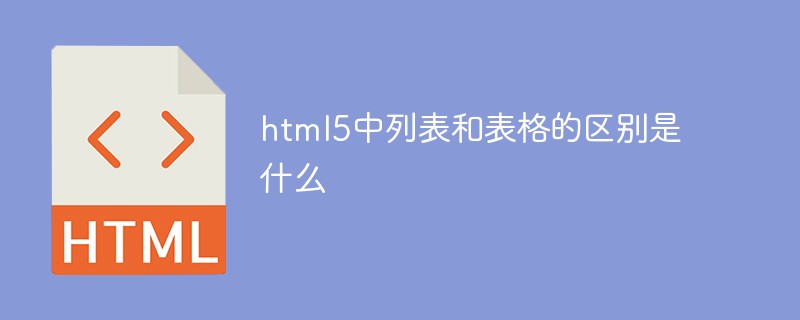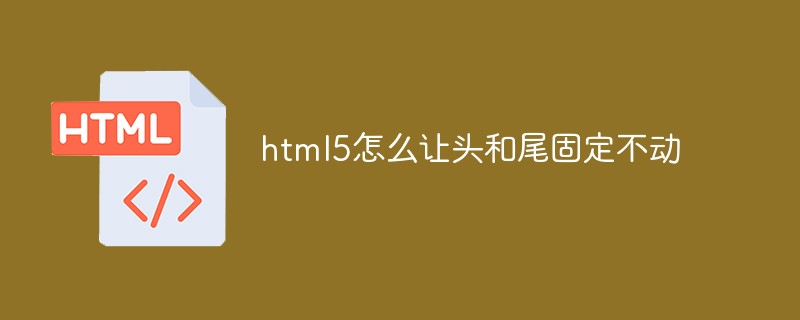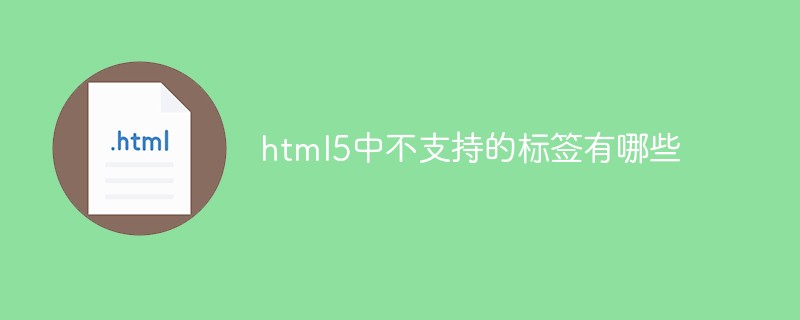Please indicate the source when reprinting: SVG 2D strokes and fills in HTML5
Fill color - fill attribute
This attribute uses the set color to fill the interior of the graphic. It is very simple to use. Just assign the color value to this attribute directly. Look at the example:
<rect x="10" y="10" width="100" height="100" stroke="blue" fill="red" fill-opacity="0.5" stroke-opacity="0.8"/>
In the above example, a rectangle with red and blue edges is drawn. Note a few points:
1. If the fill attribute is not provided, black fill will be used by default. If you want to cancel the fill, you need to set it to none.
2. You can set the transparency of the fill, which is fill-opacity. The value range is 0 to 1.
Border color - stroke attribute
The stroke attribute has been used in the above example. This attribute uses the set value to draw the border of the graphic. It is also very straightforward to use. Just assign the color value to it. Notice:
1. If the stroke attribute is not provided, the graphic border will not be drawn by default.
2. You can set the transparency of the edge, which is stroke-opacity. The value range is 0 to 1.
Actually, the edge situation is a little more complicated than inside the graph, because in addition to the color, the edge also has a "shape" that needs to be defined.
Endpoint of the line - stroke-linecap property
This attribute defines the style of the endpoints of the line segment. This attribute can use three values: butt, square, and round. Look at the example:
<svg width="160" height="140"> <line x1="40" x2="120" y1="20" y2="20" stroke="black" stroke-width="20" stroke-linecap="butt"/> <line x1="40" x2="120" y1="60" y2="60" stroke="black" stroke-width="20" stroke-linecap="square"/> <line x1="40" x2="120" y1="100" y2="100" stroke="black" stroke-width="20" stroke-linecap="round"/> </svg>
This code draws 3 lines using different style line endpoints. We can easily see the difference in the 3 styles from the picture on the left.
Line connection - stroke-linejoin attribute
This attribute defines the style of the line segment connection. This attribute can use three values: miter, round, and bevel. Look at the example:
<svg width="160" height="280">
<polyline points="40 60 80 20 120 60" stroke="black" stroke-width="20"
stroke-linecap="butt" fill="transparent" stroke-linejoin="miter"/>
<polyline points="40 140 80 100 120 140" stroke="black" stroke-width="20"
stroke-linecap="round" fill="transparent" stroke-linejoin="round"/>
<polyline points="40 220 80 180 120 220" stroke="black" stroke-width="20"
stroke-linecap="square" fill="transparent" stroke-linejoin="bevel"/>
</svg>
From the picture on the left we can easily see the differences in the 3 styles.
The virtual and real lines - stroke-dasharray attribute
This attribute can set what kind of virtual and solid line the line segment uses. Look at the example:
<svg width="200" height="150">
<path d="M 10 75 Q 50 10 100 75 T 190 75" stroke="black"
stroke-linecap="round" stroke-dasharray="5,10,5" fill="none"/>
<path d="M 10 75 L 190 75" stroke="red"
stroke-linecap="round" stroke-width="1" stroke-dasharray="5,5" fill="none"/>
</svg>
这个属性是设置一些列数字,不过这些数字必须是逗号隔开的。属性中当然可以包含空格,但是空格不作为分隔符。每个数字定义了实线段的长度,分别是按照绘制、不绘制这个顺序循环下去。所以左面的例子中绘制的线是画5单位的实线,留5单位的空格,再画5单位的实线...这样一直下去。除了这些常用的属性,还有下列属性可以设置:
stroke-miterlimit:这个和canvas中的一样,它处理什么时候画和不画线连接处的miter效果。
stroke-dashoffset:这个属性设置开始画虚线的位置。
使用CSS展示数据
HTML5强化了p+CSS的思想,所以展示数据的部分还可以交给CSS处理。与普通HTML元素相比,只不过是 background-color和border换成了fill和stroke。其他的大多都差不多。简单看个例子:
#MyRect:hover {
stroke: black;
fill: blue;
}是不是很熟悉,就是这么简单的。
以上就是HTML5中SVG 2D笔画与填充的详细介绍的内容,更多相关内容请关注PHP中文网(www.php.cn)!
 html5的div一行可以放两个吗Apr 25, 2022 pm 05:32 PM
html5的div一行可以放两个吗Apr 25, 2022 pm 05:32 PMhtml5的div元素默认一行不可以放两个。div是一个块级元素,一个元素会独占一行,两个div默认无法在同一行显示;但可以通过给div元素添加“display:inline;”样式,将其转为行内元素,就可以实现多个div在同一行显示了。
 html5中列表和表格的区别是什么Apr 28, 2022 pm 01:58 PM
html5中列表和表格的区别是什么Apr 28, 2022 pm 01:58 PMhtml5中列表和表格的区别:1、表格主要是用于显示数据的,而列表主要是用于给数据进行布局;2、表格是使用table标签配合tr、td、th等标签进行定义的,列表是利用li标签配合ol、ul等标签进行定义的。
 html5怎么让头和尾固定不动Apr 25, 2022 pm 02:30 PM
html5怎么让头和尾固定不动Apr 25, 2022 pm 02:30 PM固定方法:1、使用header标签定义文档头部内容,并添加“position:fixed;top:0;”样式让其固定不动;2、使用footer标签定义尾部内容,并添加“position: fixed;bottom: 0;”样式让其固定不动。
 HTML5中画布标签是什么May 18, 2022 pm 04:55 PM
HTML5中画布标签是什么May 18, 2022 pm 04:55 PMHTML5中画布标签是“<canvas>”。canvas标签用于图形的绘制,它只是一个矩形的图形容器,绘制图形必须通过脚本(通常是JavaScript)来完成;开发者可利用多种js方法来在canvas中绘制路径、盒、圆、字符以及添加图像等。
 html5中不支持的标签有哪些Mar 17, 2022 pm 05:43 PM
html5中不支持的标签有哪些Mar 17, 2022 pm 05:43 PMhtml5中不支持的标签有:1、acronym,用于定义首字母缩写,可用abbr替代;2、basefont,可利用css样式替代;3、applet,可用object替代;4、dir,定义目录列表,可用ul替代;5、big,定义大号文本等等。
 html5废弃了哪个列表标签Jun 01, 2022 pm 06:32 PM
html5废弃了哪个列表标签Jun 01, 2022 pm 06:32 PMhtml5废弃了dir列表标签。dir标签被用来定义目录列表,一般和li标签配合使用,在dir标签对中通过li标签来设置列表项,语法“<dir><li>列表项值</li>...</dir>”。HTML5已经不支持dir,可使用ul标签取代。
 html5是什么意思Apr 26, 2021 pm 03:02 PM
html5是什么意思Apr 26, 2021 pm 03:02 PMhtml5是指超文本标记语言(HTML)的第五次重大修改,即第5代HTML。HTML5是Web中核心语言HTML的规范,用户使用任何手段进行网页浏览时看到的内容原本都是HTML格式的,在浏览器中通过一些技术处理将其转换成为了可识别的信息。HTML5由不同的技术构成,其在互联网中得到了非常广泛的应用,提供更多增强网络应用的标准机。
 Html5怎么取消td边框May 18, 2022 pm 06:57 PM
Html5怎么取消td边框May 18, 2022 pm 06:57 PM3种取消方法:1、给td元素添加“border:none”无边框样式即可,语法“td{border:none}”。2、给td元素添加“border:0”样式,语法“td{border:0;}”,将td边框的宽度设置为0即可。3、给td元素添加“border:transparent”样式,语法“td{border:transparent;}”,将td边框的颜色设置为透明即可。


Hot AI Tools

Undresser.AI Undress
AI-powered app for creating realistic nude photos

AI Clothes Remover
Online AI tool for removing clothes from photos.

Undress AI Tool
Undress images for free

Clothoff.io
AI clothes remover

AI Hentai Generator
Generate AI Hentai for free.

Hot Article

Hot Tools

SAP NetWeaver Server Adapter for Eclipse
Integrate Eclipse with SAP NetWeaver application server.

Dreamweaver Mac version
Visual web development tools

ZendStudio 13.5.1 Mac
Powerful PHP integrated development environment

Atom editor mac version download
The most popular open source editor

SublimeText3 Linux new version
SublimeText3 Linux latest version






